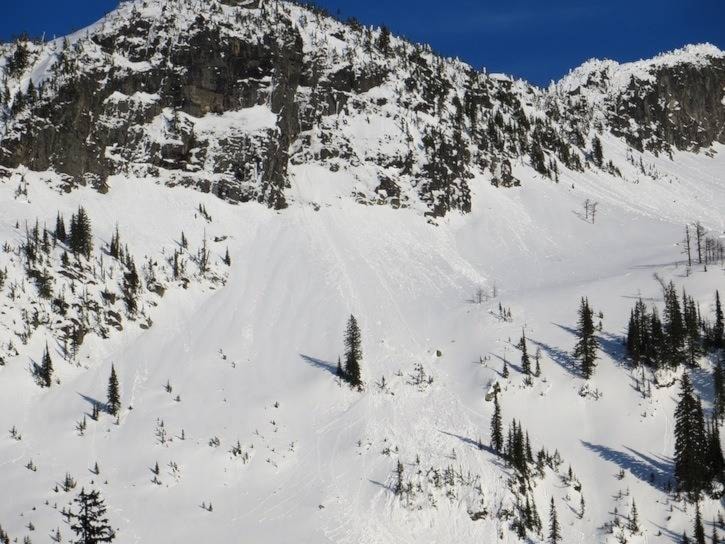The provincial government’s River Forecast Centre has issued its first snow survey for this winter, collecting data from 76 snow courses and 64 automated snow weather stations around the province.
The data shows that the East Kootenay snow pack is at 106 per cent of normal. Most surveys are in the neighbourhood of 83 (North Thompson) to 120 (Okanagan) per cent of normal. The report also cautions that the two areas where the numbers are quite different, Stikine with 52 per cent of normal, and Similkameen with 141 per cent, only had two surveys reporting. There will be more in future reports, which could bring those numbers into line with the others.
The report’s outlook says that La Nina conditions are present in the equatorial Pacific Ocean, and there is a high likelihood that it will persist through the winter. Typically, La Nina is linked to cooler winters across British Columbia. Snowpacks ten dot higher than normal, although there can be a large range of variability across the province.
Environment and Climate Change Canada are forecasting a increased likelihood of normal temperatures across western BC and below normal temperatures in southeast BC. Short to medium term forecasts are suggesting warmer temperatures through January, with a period of wetter weather in the middle of the month, that will lead to increased snow accumulation over higher terrain.
By early January, nearly half of the annual BC snowpack has typically accumulated. At this early stage in the season snow accumulation is looking typical across the province. While high snow pack in the south-central part of the province (Okanagan and Similkameen) and Snow Survey and Water Supply Bulletin – January 1st , 2018 1. Every effort is made to ensure that data reported on these pages are accurate. However, in order to update the graphs and indices as quickly as possible, some data may have been estimated. Please note that data provided on these pages are preliminary and subject to revision upon review. low snow pack in the Stikine may be early indicators of flood and drought risk in those regions, it is still early in the snow season; with three or more months left for snow accumulation, these outlooks could change significantly. In recent La Niña winters, for example, increased snow packs have generally emerged later in the snow season (i.e April and May) despite modest January 1st snow basin indices.
